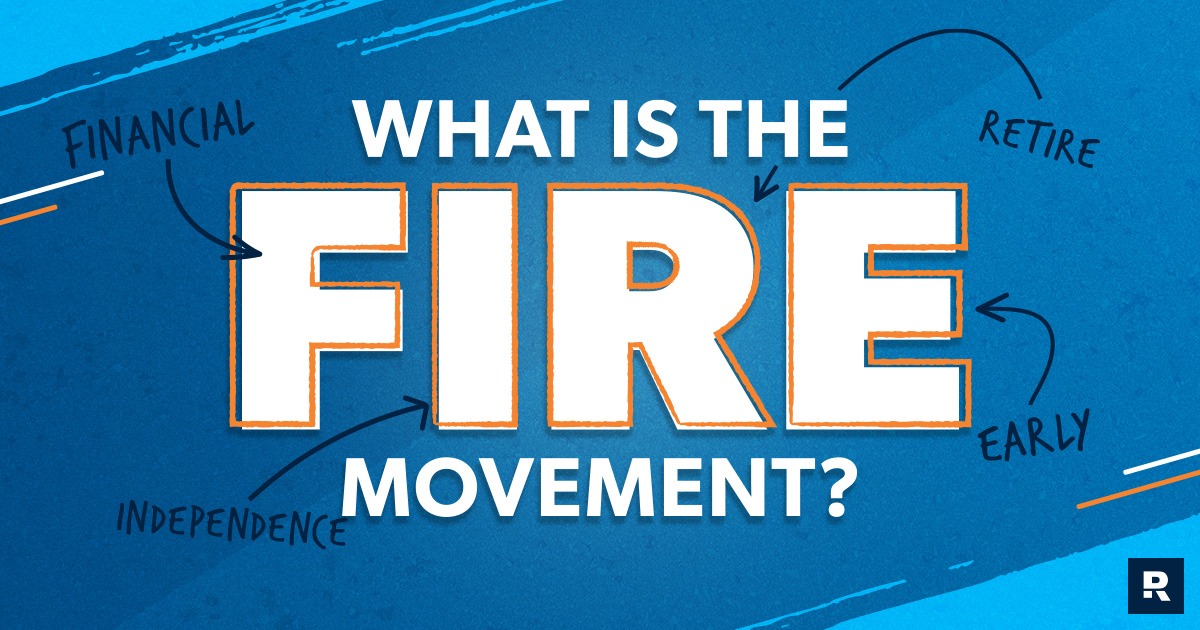TheFinQ.com is designed to be your one-stop destination for everything related to cards, loans, and investment products across India. We help you compare and choose the best financial products that suit your needs, including:

In today’s fast-paced world, many people dream of escaping the grind of their 9-to-5 jobs and living a life free from financial stress. Early retirement, once considered a luxury for a lucky few, is becoming an achievable goal thanks to a growing movement called FIRE—Financial Independence, Retire Early. The FIRE strategy emphasizes disciplined saving, smart investments, and intentional lifestyle choices to achieve financial freedom far earlier than traditional retirement age.
Let’s dive into how the FIRE strategy works, how you can apply it, and the steps you can take to secure a comfortable early retirement.
The FIRE movement is rooted in the idea of building enough wealth to sustain your living expenses for the rest of your life without needing to work. While it sounds simple, the process requires careful planning, dedication, and a shift in mindset about money and lifestyle.
The core principles of FIRE include:
The FIRE approach is not just about retiring early; it’s about gaining control over your time and resources to live life on your terms.
Not all FIRE adherents follow the same road. Depending on your goals and financial situation, you can choose one of the following paths:
This approach involves living a frugal lifestyle, often with minimal expenses. People following Lean FIRE typically focus on cutting costs dramatically to retire sooner.
Fat FIRE is for those who want a more luxurious lifestyle during retirement. It requires accumulating more savings and investments to sustain higher expenses.
Barista FIRE involves achieving partial financial independence where you quit your full-time job but continue working part-time to cover some living expenses.
With Coast FIRE, you save aggressively early in life and allow your investments to grow over time without adding more contributions.
Each type has its pros and cons, so the path you choose should align with your personal values and goals.
The first step to achieving FIRE is determining how much money you need to retire comfortably. Use the 25x Rule, which suggests multiplying your annual living expenses by 25 to estimate your required savings.
For example, if your yearly expenses are ₹10 lakhs, you’ll need ₹2.5 crores invested to achieve financial independence.
To control your spending, you need to know where your money is going. Track every rupee you spend and categorize your expenses. Use apps or spreadsheets to monitor your financial habits.
A solid budget is essential for the FIRE journey. Focus on needs versus wants, and allocate a significant portion of your income toward savings and investments.
The cornerstone of the FIRE strategy is saving as much of your income as possible. While traditional financial advice recommends saving 10–15%, FIRE followers often aim for 50% or more.
Saving alone won’t help you beat inflation or grow your wealth. Investments are crucial for compounding your money. Options include:
Eliminating debt, especially high-interest loans like credit cards or personal loans, is critical. Debt repayment frees up cash for savings and reduces financial stress.
Relying on one source of income can limit your progress. Explore additional income streams such as freelancing, side businesses, or passive income opportunities like dividends or royalties.
FIRE enthusiasts often embrace minimalism, which focuses on spending money only on what truly matters. By cutting unnecessary expenses, you can save and invest more aggressively. Here are some ideas:
Understanding tax laws and using them to your advantage can significantly accelerate your FIRE journey. Invest in tax-saving instruments like:
Starting your savings and investments early gives you the benefit of compounding. Even small contributions grow exponentially over time. For example, investing ₹5,000 monthly at a 12% annual return from the age of 25 can result in a corpus of over ₹3 crores by age 55.
The FIRE journey is not without challenges. You might face temptations to overspend, unexpected expenses, or market volatility. Staying disciplined and focused on your long-term goals will help you stay on track.
Life is unpredictable, and your goals or circumstances may change over time. Periodically revisit your financial plan and make adjustments as needed. For instance:
While the FIRE strategy originated in Western countries, it is equally relevant for Indians. However, cultural and economic differences require a tailored approach.
The FIRE strategy is a powerful roadmap to financial independence and early retirement. It requires commitment, hard work, and a long-term perspective. By saving diligently, investing wisely, and living intentionally, you can take charge of your financial future and enjoy a fulfilling life free from financial worries.